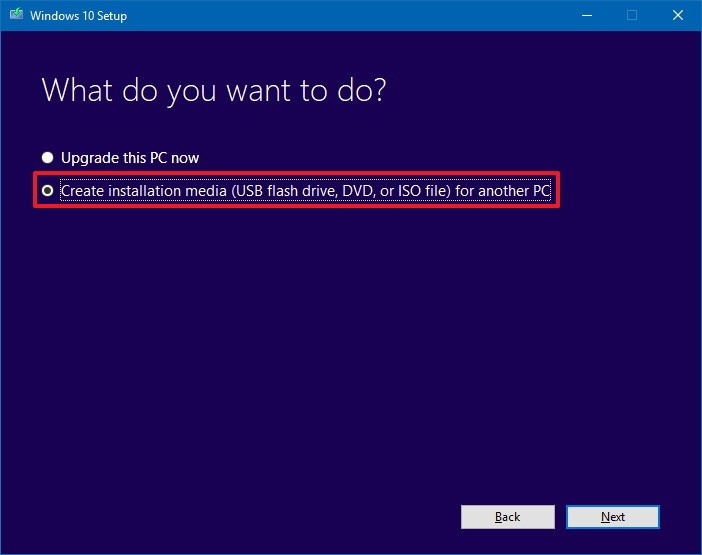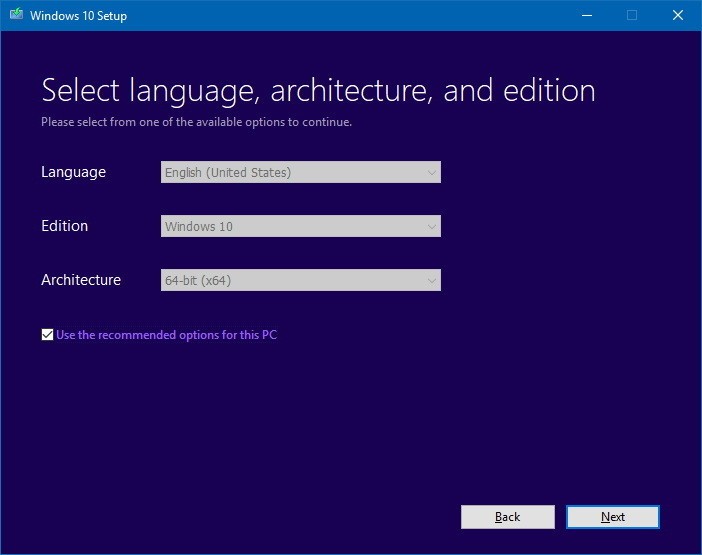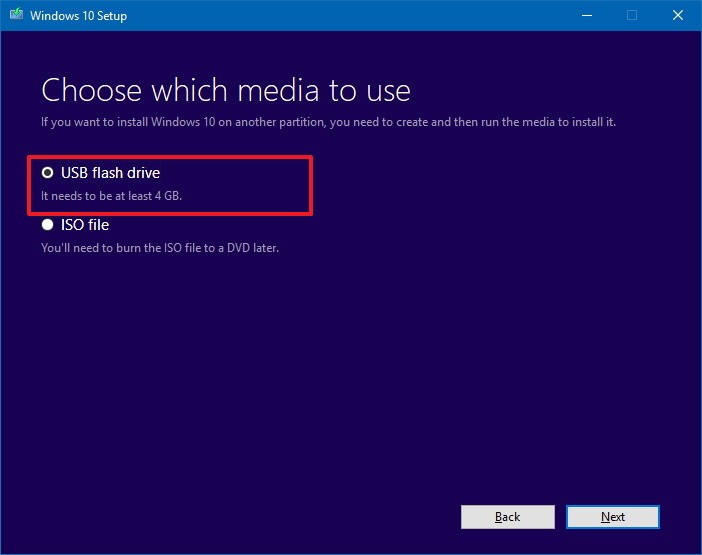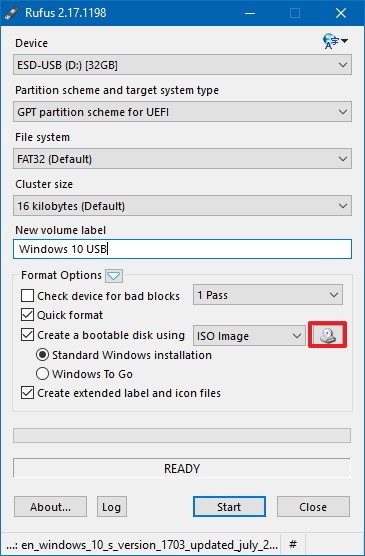Every time when you plan to install Windows 10's new release, or even if you wish setting up a dual-boot system, the first thing you need is to create bootable USB Windows 10 to initiate the setup process and begin with installation. On the other hand, in case you won a newer device having UEFI mode, rather than the legacy Basic Input/Output System (BIOS) firmware, what you need to do is ensure that the appropriate firmware support is included in installation media.
Luckily, there are various ways to make a bootable USB Windows 10 properly. Follow below guide to know how to make bootable USB Windows 10.
- Method 1. How to Make a Windows 10 Bootable USB using Media Creation Tool
- Method 2. Create Windows 10 Bootable USB using PassFab for ISO
- Method 3. How to Make Windows 10 Bootable USB using Rufus
Method 1. How to Make a Windows 10 Bootable USB using Media Creation Tool
Let us first see how to make a bootable USB Windows 10 using Microsoft Media Creation Tool. Follow below steps to do so:
- Step 1: First download the tool from Microsoft—Media Creation Tool. Now by double-clicking the exe file, that is, MediaCreationTool.exe, the tool will be launched. Tap on Accept option.

- Step 2: Choose the option "Create installation media (USB flash drive, DVD, or ISO file) for another PC". By this, the architecture, language, and edition will be automatically chosen on the basis of your computer's configuration. However, you can always clear the option "Use the recommended options for this PC" in order to choose the correct settings in case you want to try using another device's media.

- Step 3: Tap on Next. Now, choose the option USB flash drive. Click on Next. Further from the list, simply select the removable drive and click on Next.

- Step 4: Once you are done with all this, the files will be downloaded by the Media Creation Tool so as to install Windows 10. It will now create a bootable media that will work on devices using UEFI as well as legacy BIOS. Congratulations! You have successfully completed create Windows 10 bootable USB on Mac task.

Method 2. Create Windows 10 Bootable USB using PassFab for ISO
The second method to create Windows 10 bootable USB flash drive is making use of PassFab for ISO. It is reliable and easy to use. You can use it to create ISO to USB for Windows 10, Windows 8.1, Windows 8 and Windows 7. Except USB flash drive, you can also use CD or DVD to burn.
Step 1. Download, install and launch PassFab for ISO. Then choose "Download System ISO" or "Import Local ISO" option.
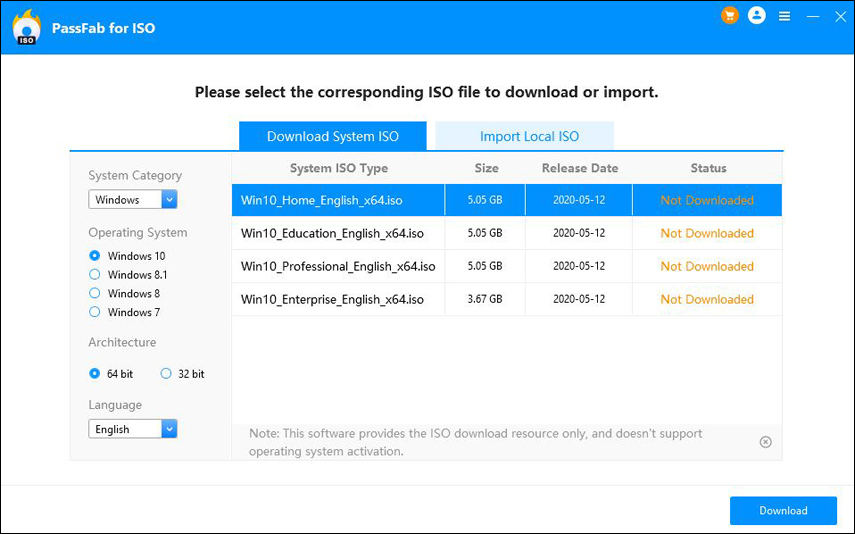
Step 2. Then, choose USB or CD/DVD and disk partition type in the next interface. Click "Burn" button. It will prompt a message that the data in your drive will be lost. Make sure you have backup them and click "Continue".
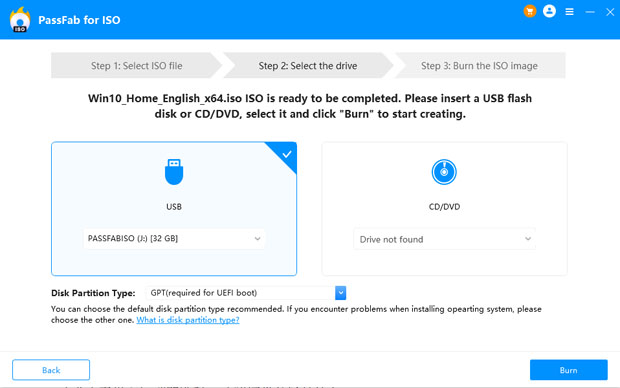
Step 3. You will have a wait for a few minutes until the process is finished.
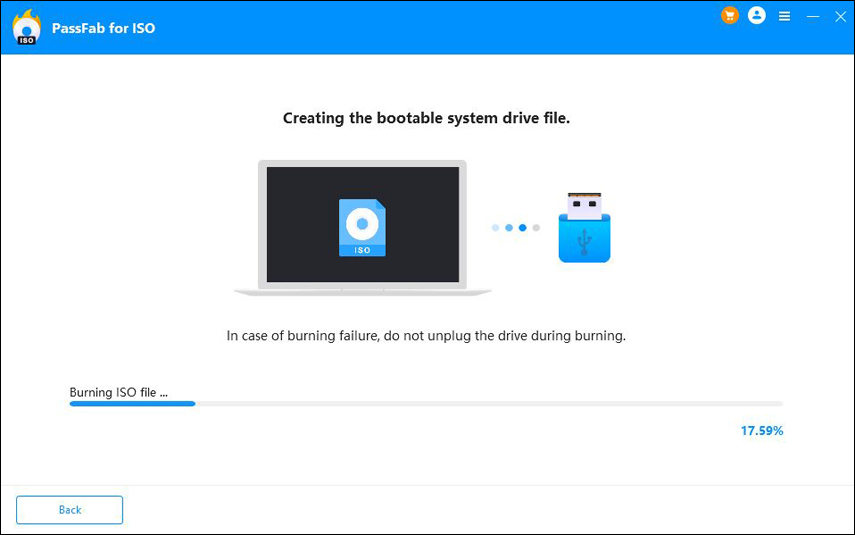
Step 4. Now you have created Windows 10 bootable USB successfully. You can use this USB to install or reinstall Windows 10.
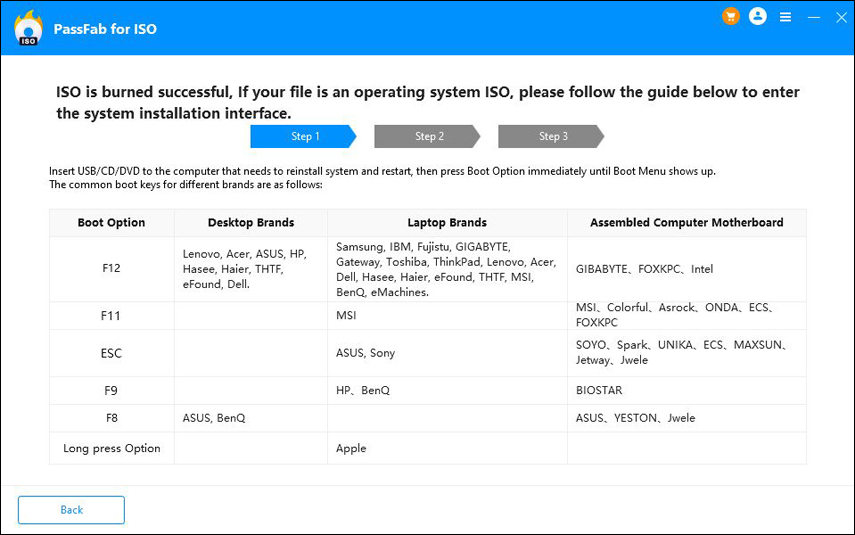
Method 3. How to Make Windows 10 Bootable USB using Rufus
The third method to create Windows 10 bootable USB, in case the Windows 10 bootable USB created by using the Media Creator Tool failed to work on your system, is using Rufus. If you have done downloading the Windows 10 ISO file from some other source, for example MSDN, you can go for bootable USB Windows 10 Rufus tool. This tool will help creating Windows 10 USB bootable supporting UEFI. Follow below steps to create UEFI bootable USB Windows 10.
- Step 1: Firstly, from its from official site you have to download Rufus. Once downloaded install the tool by double-clicking on the exe file, that is, Rufus-x.xx.exe.
- Step 2: In the Devices section choose a USB drive having minimum of 4GB space. Now in section "Partition scheme and target system type," find option "GPT partition scheme for UEFI" in the drop-down menu and select it.
- Step 3: In the section "Cluster size" and "File system", skip the default settings. You can give an expressive name for the drive on New Volume Label space. Now below option "Format Options," select the option "Create a bootable disk" utilizing option "ISO image".

- Step 4: Now tap on the drive's icon and choose the image of Windows 10. Next tap on Open. After this, you need to click on the Start button. And finally click on OK in order to confirm the erasing of USB drive.
Once done with all the above procedure, Rufus will come into picture to create bootable Windows 10 USB supporting UEFI systems. Once the USB bootable Windows 10 supporting UEFI is created, you can also boot the UEFI-supporting device using the USB flash drive so as to upgrade the device. Else you can simply do a Windows 10 clean installation.
Summary
In the above article, we have discussed how to create Windows 10 bootable USB media UEFI support in simple ways. We also highly recommend PassFab for ISO as the best way from them. Feel free to share with us your feedback on above methods in below comments.
